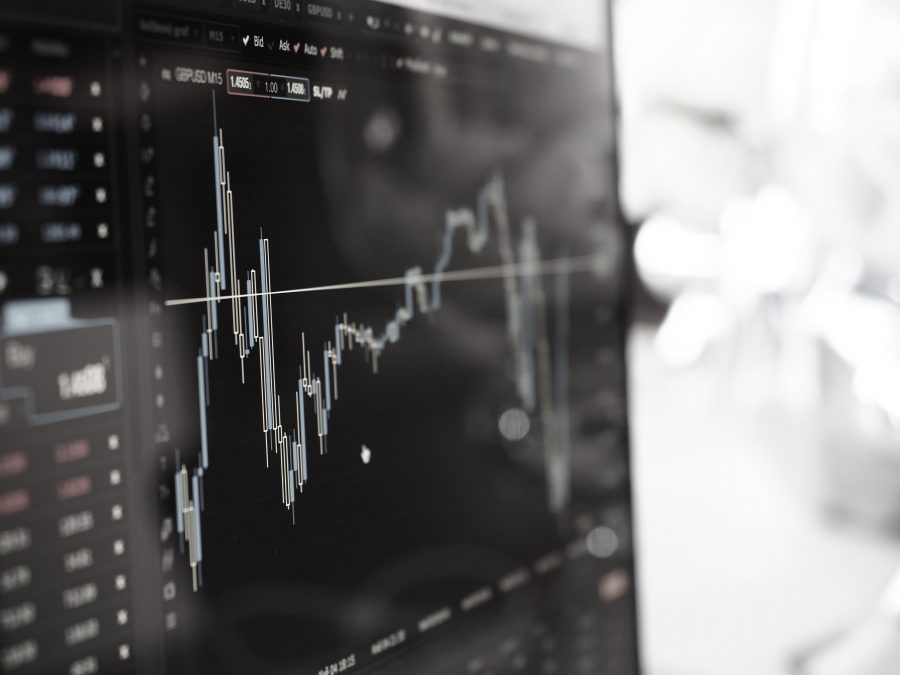While China is up a stellar 30% since New Year’s Day 2019 and the post Bolsonaro rally in Brazil has been a license to print money in the Bovespa, the broader emerging markets have been a sucker’s bet in the past decade relative to the S&P 500 and the NASDAQ. Even though all is not exactly hunky dory in the dark alleys of the world with China’s dramatic slowdown, Brexit, protectionism in the West, geopolitical shocks galore and the US Dollar Index at 97, I can finally argue the case to tiptoe back into selected emerging markets beyond last summers recommendation to buy Alibaba at 140, India’s post Chanda Kochar ICICI at 280 rupees and the post Ritz Carlton Saudi stock market in early 2018. All three trade ideas were money makers, as was my call to dump Pakistan’s equities the moment the deep state in the Rawalpindi GHQ dumped thrice elected pro-business, pro-Mayfair real estate Prime Minister Nawaz Sharif.
In my experience, countries run by military intelligence agencies tend not to prioritize shareholder value optimization for US dollar investors as the one third plunge in the Pakistani rupee since Sharif’s judicial coup d’état attests.
Political crises, currency risks, liquidity shocks, dodgy banking Ponzi schemes and periodic brutal sell offs make emerging markets investing far riskier than investing in the US, my ideal comfort zone for wealth compounding. In fact, an asset class whose biggest private equity fund manger (Abraaj Capital) got wiped-out after its philosopher-kings on Mount Olympus commingled investor funds (a crime by any other name stinks just as bad!) is a metaphor for the systemic corruption that pounds most emerging markets I know. This is not a market for widows, orphans and those without the abdominal fortitude to survive 40% draw downs. Merde happens, malheureusement, with distressing rapidity in the emerging markets.
Thanks to the fairytale boogie wonderland of Silicon Valley, US equities are at all time valuation highs relative to the emerging markets. Valuation is neither a sufficient nor necessary timing indicator to get bullish. Yet in early April 2019, as I ponder the Great Game of money from the terrace of my hotel far above the medieval ramparts of Dubrovnik, Croatia’s sunlit jewel on the Adriatic Sea, I remember that a peak in the US dollar in usually high octane fuel for an emerging markets rally, now goosed by optimism over a US-China trade deal and a plunge in the Chicago Volatility Index (VIX). True, even the IMF concedes that global growth will take a hit and crude oil prices have risen sharply since last winter, global recession in not imminent in 2019.
Yet the Powell Fed has turned dovish on interest rates and the yield on the 10 year US Treasury bond yield has sunk from 3.25% last September to 2.50% now, a bullish omen for emerging markets laden with external debt.
MSCI emerging markets is up 12% in 2019 but I will “buy on dips” in a summer selloff. Consumer stocks from Mexico to Russia trade at dirt cheap relative prices. I am a nervous bull on the Mexican peso and the Russian rouble (Crimea and sanctions amply priced in). Vietnam is a frontier market winner due to the new supply chain relocations in the Mekong Delta, the next Pearl River Delta.
I can envisage three bagger bank stocks in Indonesia, Egypt, Poland and si, Argentina. If the BJP stumbles in the election, India’s sell off could be a tactical buy, as in 2004. Turkey and Pakistan are a no no for now.
I had recommended Naspers in November 2018 at a $72 billion market cap valuation at a Roshgold conference in Johannesburg. Naspers is up 28% since last November. Yet the Johannesburg Stock Exchange is a tale of two markets – Naspers and everybody else. Naspers is 20% of the JSE index. Ex Naspers, South African shares have lost 30% of their value in the past year in a brutal valuation derating. This is the proverbial Lord Rothschild “blood on the street” moment for me, since that all that could go wrong did go wrong – and is priced into Mr. Market’s calculus in Joburg. Ex Naspers, South African equities trade at below 10 times earnings but can well deliver 12% EPS growth next year. The South African Rand is a classic high yield emerging market currency that attracts global inflows when the US dollar peaks. South African debt has yielded 7% in the past year for US dollar investors, 400 basis points above the emerging market average. It is no wonder global investors scramble to buy South Africa. Cyril Ramaphosa can well win the election with a convincing ANC parliamentary democracy, a bullish omen for structural reform. My call? A 20% return for South African equities ex Naspers. The Rainbow Nation is a buy for me as long as Julius Malema does not do a Mugabe South of the Limpopo.







